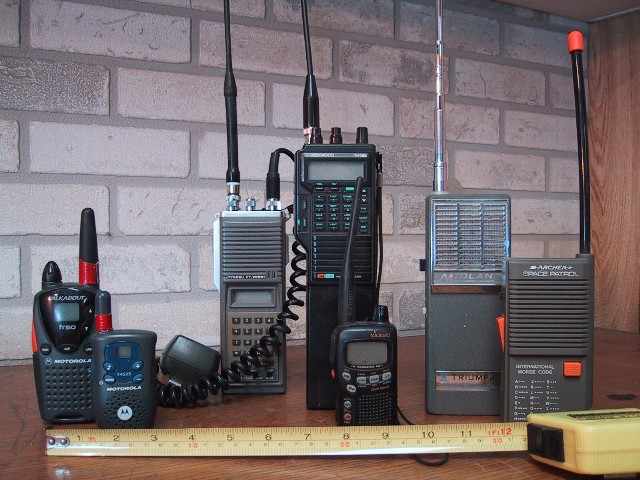File:Recreational Walkie Talkies.jpg
Recreational_Walkie_Talkies.jpg (640 × 480像素,文件大小:105 KB,MIME类型:image/jpeg)
文件历史
点击某个日期/时间查看对应时刻的文件。
| 日期/时间 | 缩略图 | 大小 | 用户 | 备注 | |
|---|---|---|---|---|---|
| 当前 | 2012年1月19日 (四) 22:37 |  | 640 × 480(105 KB) | File Upload Bot (Magnus Manske) | {{BotMoveToCommons|en.wikipedia|year={{subst:CURRENTYEAR}}|month={{subst:CURRENTMONTHNAME}}|day={{subst:CURRENTDAY}}}} {{Information |Description={{en|'''Recreational walkie-talkies.''' From the left: two different models of personal two-way radios by |
文件用途
以下页面使用本文件:
全域文件用途
以下其他wiki使用此文件:
- ar.wiki.x.io上的用途
- be.wiki.x.io上的用途
- bn.wiki.x.io上的用途
- ca.wiki.x.io上的用途
- ckb.wiktionary.org上的用途
- en.wiki.x.io上的用途
- es.wiki.x.io上的用途
- et.wiki.x.io上的用途
- eu.wiki.x.io上的用途
- fa.wiki.x.io上的用途
- he.wiki.x.io上的用途
- hi.wiki.x.io上的用途
- it.wiki.x.io上的用途
- nl.wiki.x.io上的用途
- nl.wikibooks.org上的用途
- pt.wiki.x.io上的用途
- simple.wiki.x.io上的用途
- sl.wiki.x.io上的用途
- sq.wiki.x.io上的用途
- sr.wiki.x.io上的用途
- th.wiki.x.io上的用途
- tr.wiki.x.io上的用途
- uk.wiki.x.io上的用途
- vi.wiki.x.io上的用途

